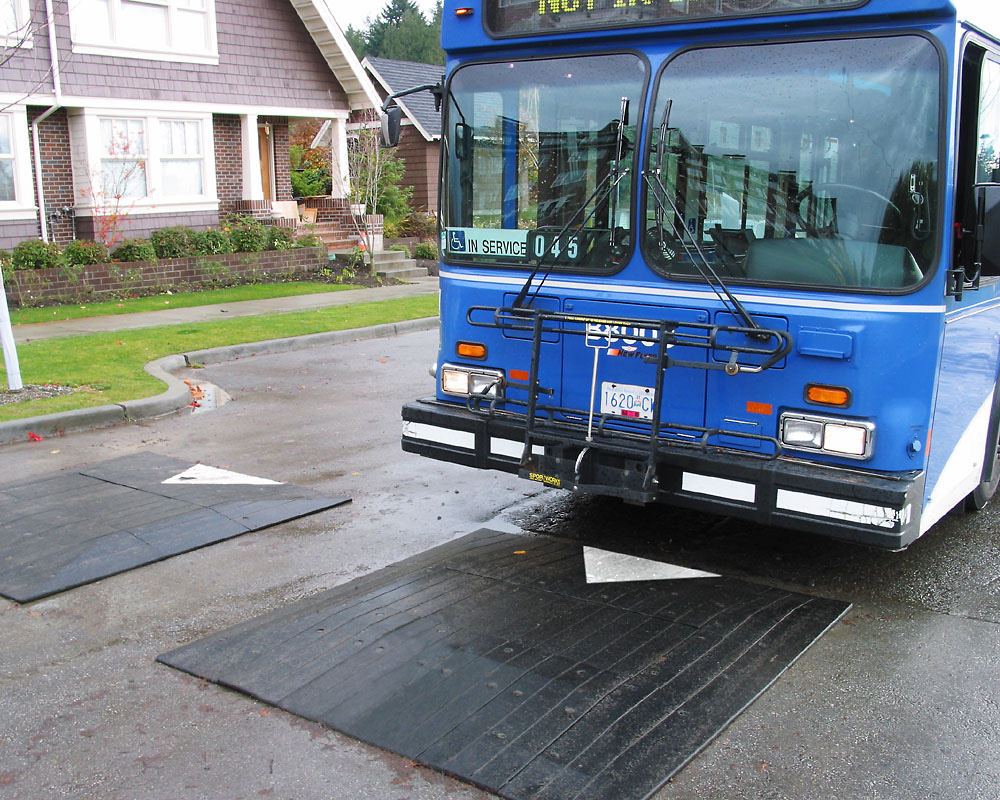
Starting January 22nd, the City of Palm Coast will begin implementing a Traffic Calming Pilot Study, an initiative prioritized by City Council to enhance roadway safety and improve neighborhood quality of life.
The study’s first phase will begin on January 22, 2025, with the installation of speed cushions on Cimmaron Drive and Florida Park Drive. These streets were selected based on the 2024 Residential Speed Study findings, which identified these locations as areas with speeding concerns and crash risks.
Additional traffic-calming treatments will be implemented in various locations across the city as the Traffic Calming Pilot Program progresses. Chicanes, which create slight curves in the roadway to encourage drivers to slow down, will be installed on both Farmsworth Drive and Forest Grove Drive. Lane narrowing, a method that reduces the width of driving lanes to naturally decrease vehicle speeds and improve safety, will be applied to Woodbury Drive and Sea Trail. These measures are tailored to address the specific traffic concerns of each roadway, enhancing safety and improving neighborhood livability.
The installation dates for Farmsworth Drive, Forest Grove Drive, Woodbury Drive, and Sea Trail will be announced as soon as they are finalized.
Once these traffic-calming devices are installed, residents can share their thoughts on how these measures impact safety and traffic flow in their neighborhoods through a dedicated feedback area on the City’s website. The city will also utilizing these surveys by sending them to residents in these pilot areas using geo-fencing software and the resident’s email address associated with their utility account.
This webpage will provide regular updates on the progress of the Traffic Calming Pilot Program and serve as a central hub for residents to offer input on the devices installed at each location. Community feedback will be collected and shared with City Council Members to determine whether the devices will remain in place or be removed after the program concludes in April 2025. This collaborative approach ensures the program addresses community concerns and preferences while improving neighborhood safety.
“This program is a top priority for the City Council because it’s all about making our neighborhoods safer and more enjoyable for everyone,” said Mayor Mike Norris. “Please take the time to answer the surveys about how these traffic-calming treatments work so that we can partner together on finding the best path forward.”
The City of Palm Coast is dedicated to installing these traffic-calming devices efficiently and with safety as our top priority. We greatly appreciate the community’s understanding and participation as we work to enhance roadway safety for everyone. Residents are encouraged to visit the Traffic Calming Pilot Study webpage to share their feedback on the program and learn more about our ongoing efforts to make Palm Coast neighborhoods safer and more vibrant.




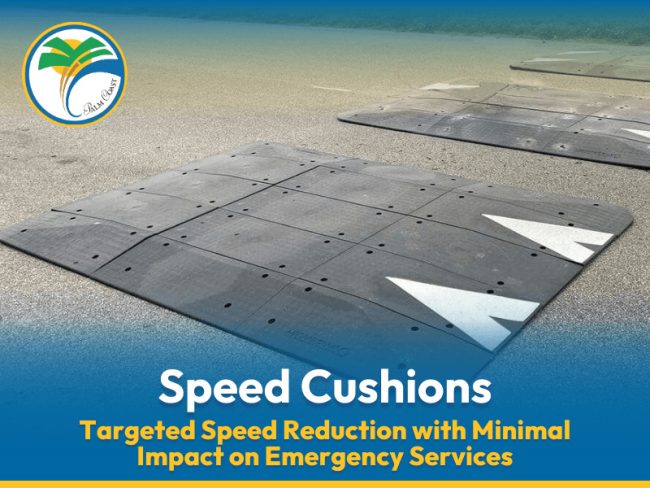





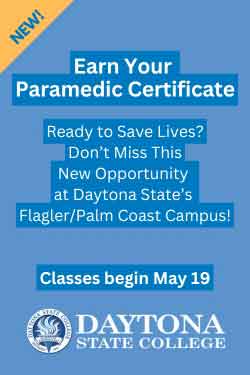




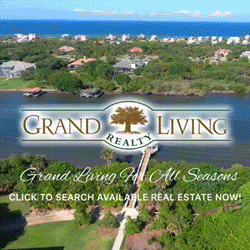

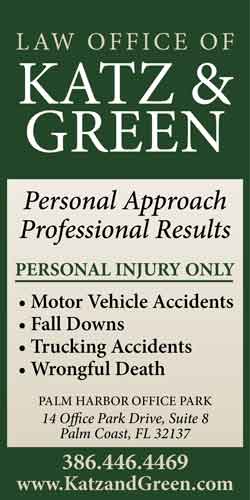


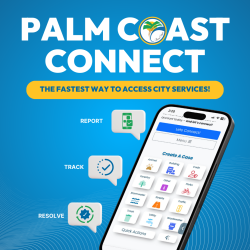




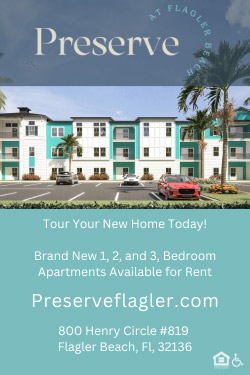

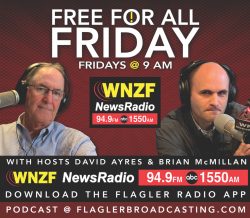

Thomas Rivera says
Having come from a much larger city where some of these measures were enacted I can say from experience that the narrowing DOES NOT WORK and caused more accidents as drivers intentionally sped up to get ahead of the car or vehicle in the continuation lane. BAD IDEA Louisville had to go back, remove barriers, etc.
JimboXYZ says
Not hard to see what the problem is, the Parkways at the North & South ends that flow East to West are pretty much 45 mph to Florida Park Drive & then once the residents turn onto that road, they aren’t willing to slow it down to the 30 mph that Florida Park Drive is as an end to end residential street. They can’t control themselves, so this has to be the solution for them.
Skibum says
I’m glad to hear that this pilot program is about to begin, and I will be interested in learning which method(s), if any, show positive results in calming traffic. My biggest concern is with the lane narrowing method that will be implemented in two locations. Many of our local streets already need to be shared with pedestrians and bicyclists due to a lack of sidewalks, so I’m of the opinion that this method should only be used where there are walkways along those streets to allow both pedestrians and those riding bicycles to do so safely and out of traffic.
celia pugliese says
Thank You Mayor Norris, Councilmen Ray Stevens and Vice Pontieri. It was time that our residents road front and adjacent to Florida Park Drive Cimarron and any other street needed have now safety and quality of life preserved in Palm Coast!.
We been asking for 15 years for these traffic calming items, Resident Steven Carr at the helm of the Friends of Florida Park Drive group won this battle. I am sorry for those excellent neighbors that moved away (Mary Kay and others) over speeding unmonitored traffic ,before we were able to achieve this goal, you also lobbied hard for this! TY.
Skibum says
Thomas, I agree 100%. Especially a horrible idea in a city such as ours where there are an appalling lack of sidewalks in many areas, forcing people out for a walk to be right in traffic lanes, and where we see signs and road markers telling drivers and bicyclists I to “share the road”. It already was an accident just waiting to happen, and with the huge number of older drivers here, traffic lanes should be wider, NOT narrower! I have to just shake my head, cross my fingers, hope for the best while wondering… what could possibly go wrong?!
Duane says
(1) They are expensive to install and expensive to maintain – Speed humps can cost $4,500 to $7,500 each.
Source: The Washington Post, Sept. 9, 2008
(2) Speed Humps slow the response times of emergency vehicles. Police and other emergency vehicles response time are slowed by about three seconds for each Speed Calming Hump they must cross. Given the onboard water and vehicle weight, each Speed Calming Hump costs fire engines ten seconds in response time. Add this on top of the possible delay waiting for the light rail crossing can cause. Source: ABC Orlando/WFTV, Jan. 28, 2010
Tampa Tribune, Sept. 20, 2008
(3) Speed Humps can reduce property values – prospective homebuyers might reject home sites near speed humps.
Source: Tampa Bay Online, Sept. 30, 2009
(4) Speed Humps increase noise levels – Speed Calming Humps usher in the sounds of scraping cars and engines revving over the humps.
Tampa Bay Online, Aug. 12, 2009
(5) Speed Humps have a negative effect on the environment, increasing pollution as vehicles slow well below the speed limit and then accelerate away. They increase air pollution – on roads with Speed Calming Humps, one study found carbon monoxide emissions increased by 82 percent, carbon dioxide emissions double and nitrogen oxide increased by 37 percent.
Source: BBC.com, April 22, 2009
(6) Speed Humps reduce vehicle fuel efficiency and increase gas consumption because drivers brake and accelerate as they traverse each Speed Calming Hump.
Source: BBC.com, April 22, 2009
(7) Speed Humps increase noise levels where they are implemented. This is due to both engine and brake noise from people slowing down and speeding up and from trucks and school busses that bounce as they cross the Speed Calming Hump.
(8) Speed Humps can cause damage to vehicles, particularly performance vehicles (even at low speed). They increase the wear and tear on residential and commercial vehicles – Speed Calming Humps are a source of excessive wear on tires, brakes, suspension systems, shock absorbers and rattle dashboards.
Source: The Natchez Democrat, Oct. 28, 2009
(9) Speed Humps may cause discomfort to drivers and passengers.
(10) Speed Humps cause ground vibration when vehicles navigate them and send shockwaves to the nearby homes. The cumulative effect has been proven to damage nearby properties, such as cracks developing in exterior masonry walls and in the drywall constructed walls within homes. In fact, the official UK regulations state that such humps may not be implemented anywhere within 25 meters of bridges, subways or tunnels.
(11) Speed Humps often divert traffic to alternative residential streets.
(12) Speed Humps cost drivers money by using more fuel and brake pads in addition to the damage caused to suspension, oil sumps and exhausts, etc. Such damage makes cars more dangerous.
(13) When vehicles drive over Speed Humps with their lights on, this points the dipped beam up to eye level. This not only causes light pollution in nearby houses, but also gives the illusion of the headlights being flashed, dazing and causing confusion to other motorists, which increases the potential for accidents.
(14) Speed Humps are expensive to remove. Municipalities, under pressure by citizens and enforced by the courts, have been forced to remove speed humps at great expense to tax payers.
Source: Tampa Bay Online, Sept. 30, 2009
(15) Speed Humps are a poor substitute for active enforcement.